

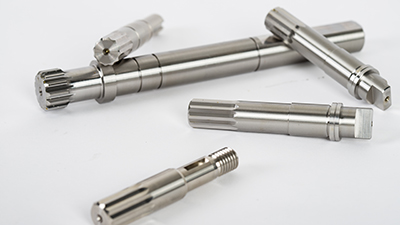
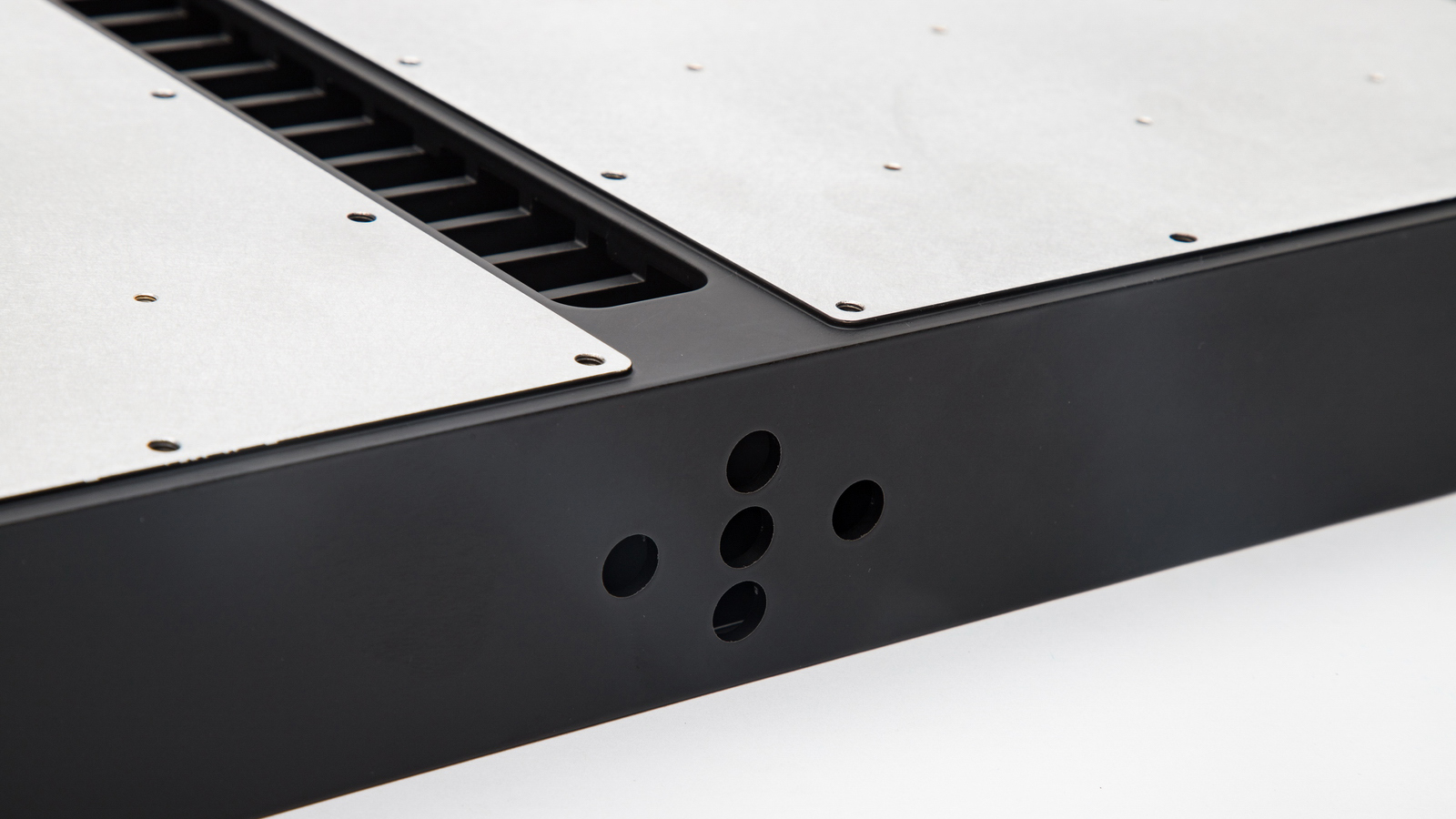
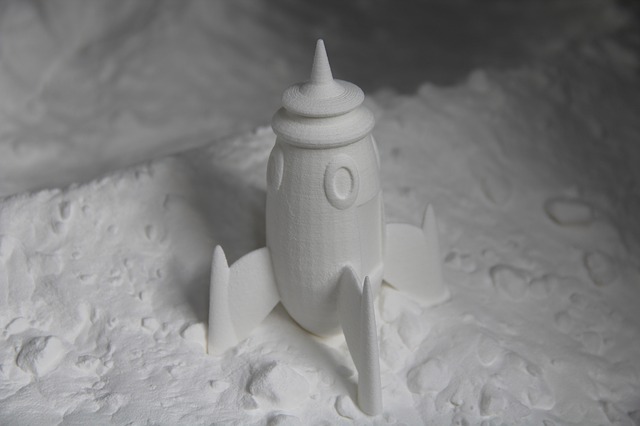
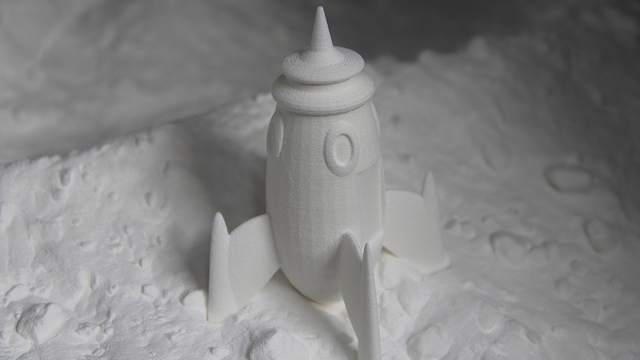
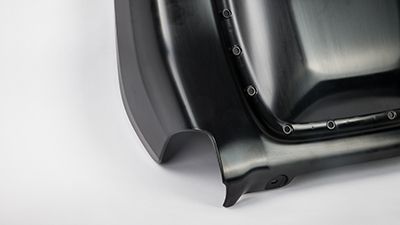


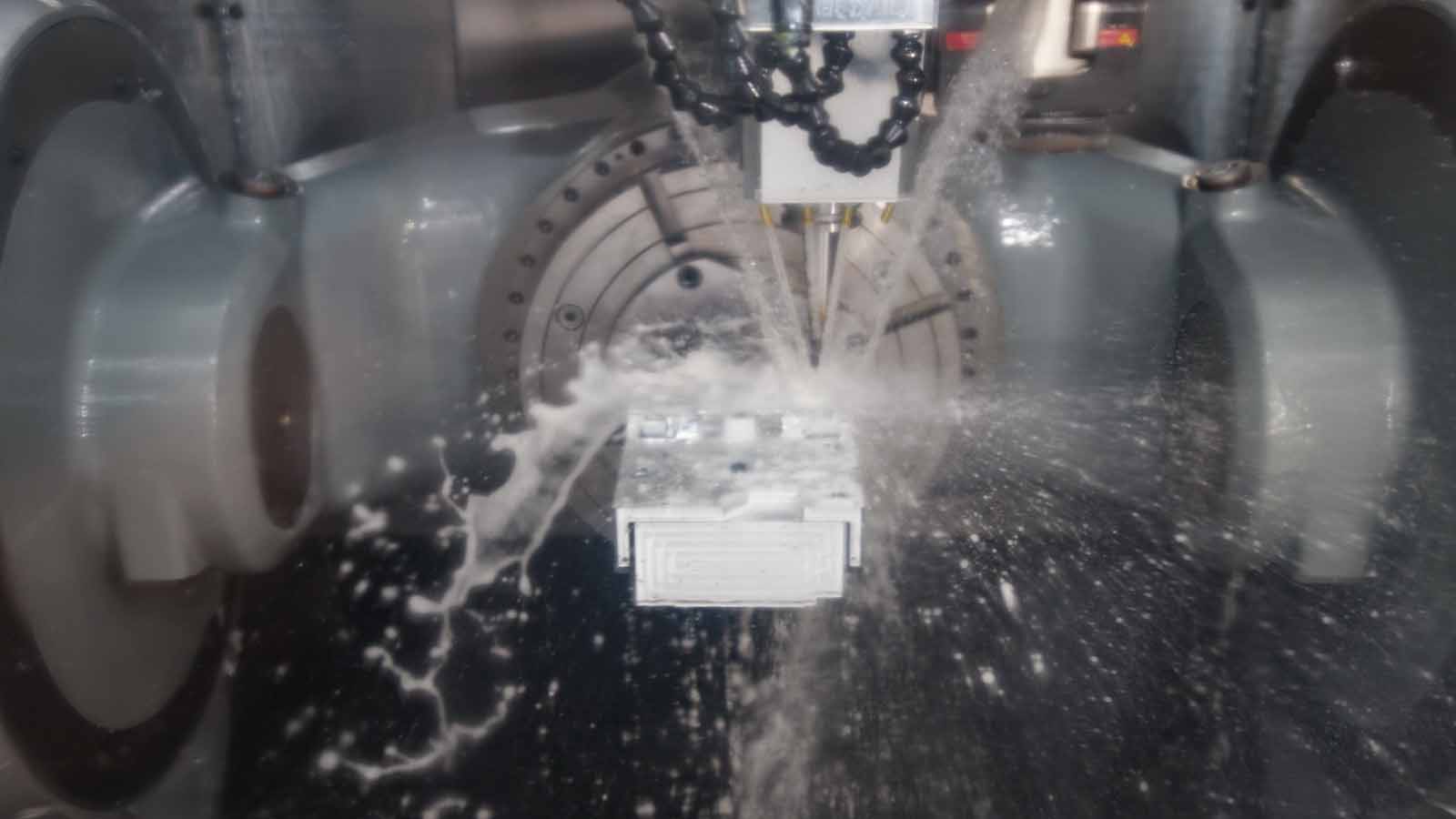
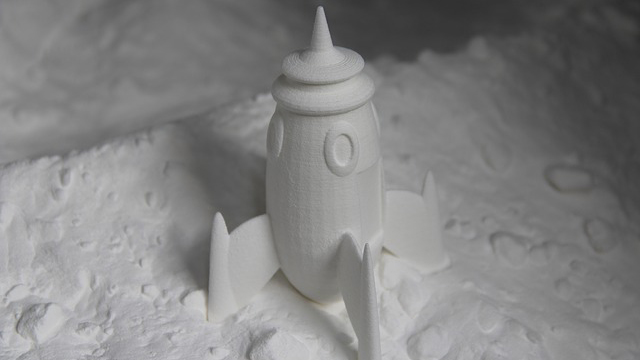
Aluminum Extrusion: A Detailed Overview
1. Executive Summary
Aluminum Extrusion is a manufacturing process that
transforms aluminum alloy logs (billets) into
objects with a specific cross-sectional profile. A preheated billet is forced
through a shaped opening in a steel tool called a die. The material
emerges as a continuous length with the same shape as the die opening,
combining the strength of aluminum with the flexibility of custom, complex
shapes. It is a cornerstone of modern construction, transportation, and
consumer goods manufacturing.
2. Core Principle & Key Characteristics
The principle is
analogous to squeezing toothpaste from a tube. The toothpaste takes the shape
of the tube's opening. In extrusion, the aluminum billet is the paste, and the
die is the shaped opening.
Key Characteristics:
3. The Aluminum Extrusion Process Step-by-Step
1. Billet Preparation
2. The Extrusion Press
3. The Die
4. Quenching & Cooling
5. Stretching &
Straightening
6. Cut-to-Length (Flying Saw)
7. Aging & Finishing
(Post-Processing)
4. Key Terminology
|
Term |
Definition & Context |
|
Billet |
A cylindrical log of aluminum that is the
starting material for extrusion. |
|
Die |
The tool steel component with a shaped
opening that determines the profile's cross-section. |
|
Profile |
The final, extruded product. Also called an extrusion. |
|
Ram |
The hydraulic piston that applies pressure
to the billet. |
|
Container |
The thick-walled housing that holds the
billet and the die, containing the extreme pressure. |
|
Butt |
The portion of the billet that remains in
the container after an extrusion cycle. It is cut off and recycled. |
|
Extrusion Press |
The entire machine that performs the
extrusion process. |
|
Hollow Profile |
A profile that completely encloses a void
(e.g., a tube). Requires a bridge die or porthole die. |
|
Solid Profile |
A profile with no enclosed voids. |
|
Semi-Hollow Profile |
A profile that partially encloses a void
but has a narrow opening. |
|
Temper |
A designation (e.g., T5, T6) indicating the
thermal treatment and thus the mechanical properties of the aluminum. |
|
Anodizing |
An electrochemical process that thickens
the natural oxide layer on aluminum, enhancing corrosion resistance and
allowing for coloring. |
|
Powder Coating |
A dry finishing process where
electrostatically charged pigment powder is applied and then cured under heat
to form a hard, durable skin. |
5. Advantages and Limitations
|
Advantages |
Limitations |
|
Complex cross-sectional shapes are possible. |
High initial cost for custom dies. |
|
Excellent strength-to-weight ratio. |
Limited to constant cross-sections. The profile
cannot change along its length. |
|
Good dimensional accuracy and surface
finish. |
Wall thickness variations can be
challenging to control in complex designs. |
|
Can be easily fabricated (cut, drilled,
welded). |
Not all aluminum alloys are equally
extrudable. Some high-strength alloys are difficult
to extrude. |
|
High material efficiency and
recyclability. |
6. Common Applications
Conclusion
Aluminum extrusion is a versatile and
efficient process that is fundamental to modern engineering. Its ability to
create high-strength, lightweight, and complex shapes from a recyclable
material makes it an ideal solution for a vast range of industries, from
everyday consumer products to the most demanding aerospace applications. While
the initial tooling investment can be significant, the benefits for medium to
high-volume production are unparalleled